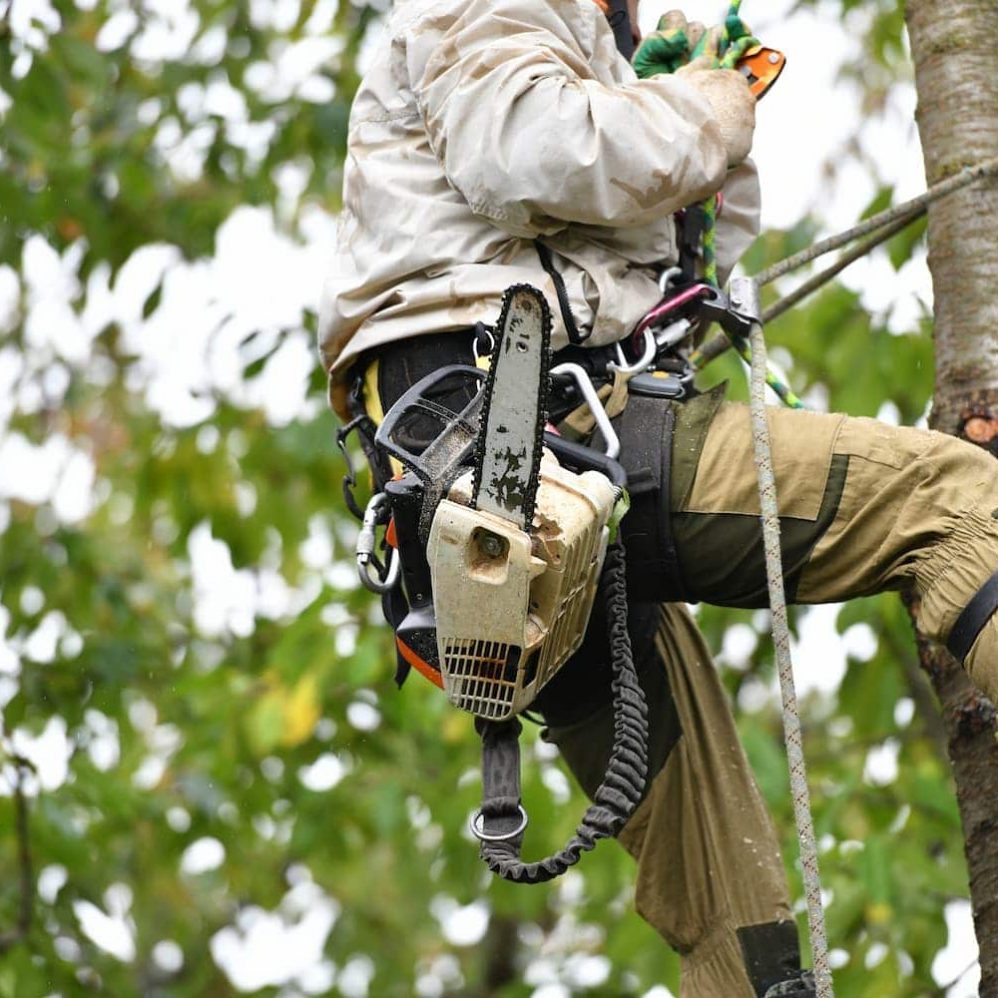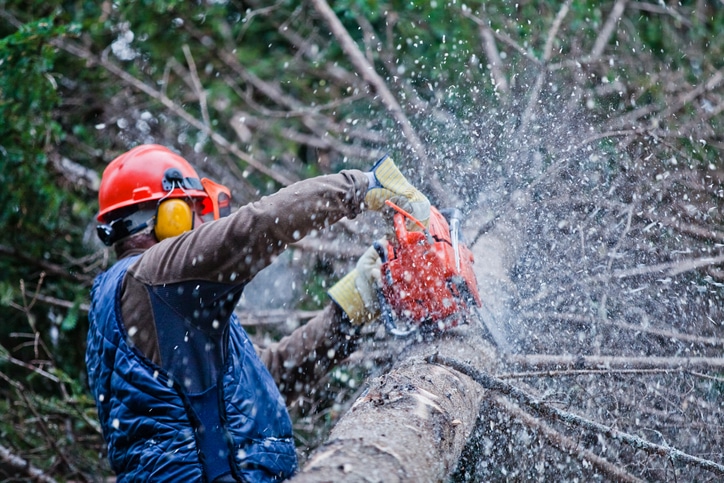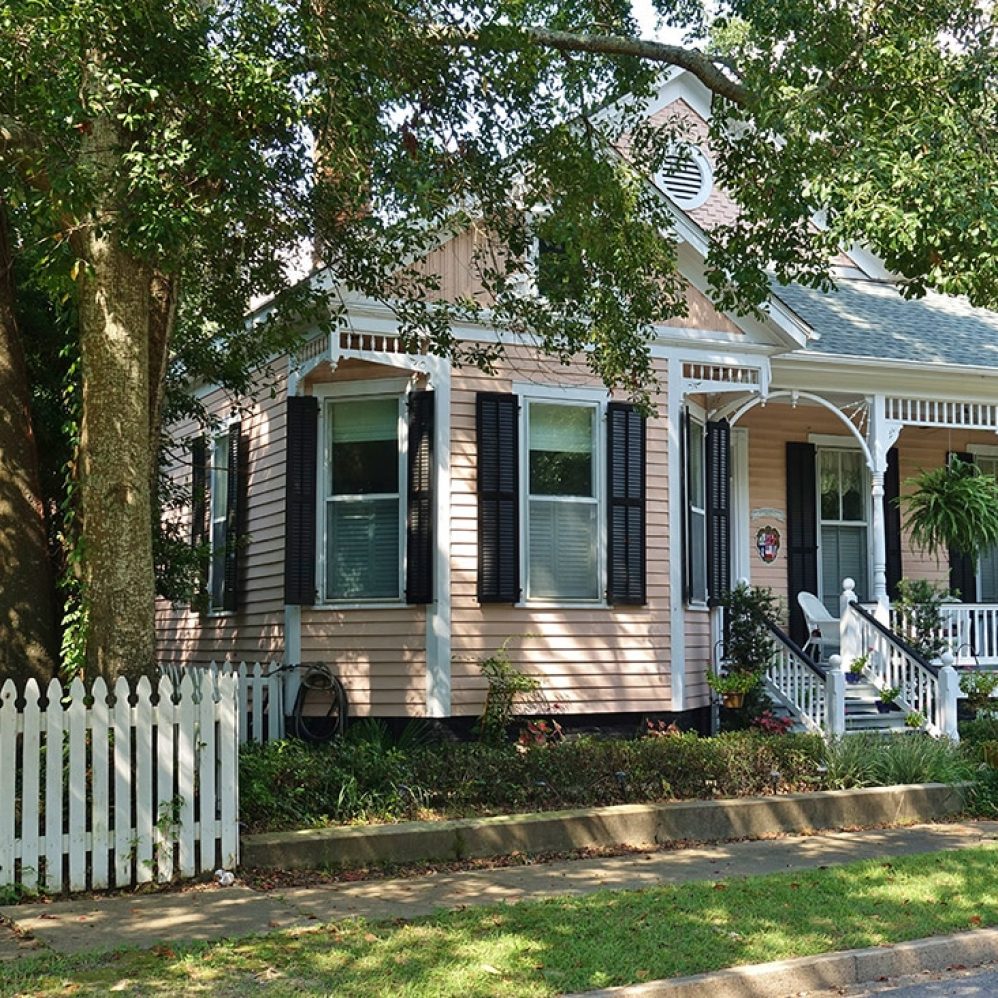While many homeowners enjoy having trees on their properties and watching them change throughout the seasons, those who suffer from seasonal allergies may find that they are suffering a bit too much due to a certain tree in their yard. In this post, we’ll explore how tree removal could help improve their health and reduce the effects of seasonal allergies.
Trees That Produce the Most Pollen
Seasonal allergies typically occur from March through May, when trees are releasing the most allergenic pollen. Some types of trees produce more pollen than others, like alder, aspen, birch, beech, box elder, and cottonwood. Tree trimming can definitely help cut back on the amount of pollen you’re exposed to, but for some people, it may not be enough. Tree removal could be the best solution to reduce allergens and improve air quality.
Tree Removal for Allergies: When Is It Necessary?
Some people may have trees that are extremely close to windows or doors, which causes more pollen to enter their homes. This can make it more difficult for household members with seasonal allergies to control their symptoms even if they keep the windows closed. It’s still possible that pollen will fall onto their clothing or into their hair whenever they pass by these trees. If tree trimming has proven unsuccessful, then it may be a better idea to remove the problematic tree.
Some people also find that trees in their backyards that aren’t near their homes’ windows and doors still cause difficult allergy symptoms. They might have attempted to trim their trees, installing screens on their windows, and frequently sweeping their porches or decks, but the symptoms persist.
Larger trees are going to produce more pollen. Removing them may be ideal for people with intense seasonal allergies. When planning your landscape, it could also be beneficial to consider how far away you need a tree to be in order to avoid symptoms.
Keep in mind that there may still be trees near your property or in your neighbor’s yard that could still cause your symptoms to flare up. The only time you should choose free removal is if you know that the tree close to your property is worsening your health.
Are There Options Besides Tree Removal?
Many people don’t want to cut down a tree as their first action against allergies. There are a few things you can try to reduce irritating symptoms while protecting the trees on your property.
Tree Trimming
Trimming can help lower pollen levels, improving air quality and comfort. Additionally, regular tree trimming is good for keeping the tree in good health. If you work with a professional, they can recommend a customized tree trimming schedule that will help you maintain your property and keep pollen levels manageable.
Avoiding High Pollen Times
Look up when pollen counts are highest in your area. This is typically in the early morning before 10 a.m. Avoiding exposure to the outdoors during this time could help improve your symptoms.
Changing Clothes After Coming Indoors
When you do have to go outside, it’s a good idea to cover up your hair with a hat or bandana. When pollen gets into your hair, it can easily cause irritation, particularly to your eyes and mouth. It’s also a good idea to change your clothes and to wipe off your shoes when you come inside if you suffer from seasonal allergies.
Homeowners considering tree removal in Mobile, AL should contact our team at South Coast Outdoor Service for help.





